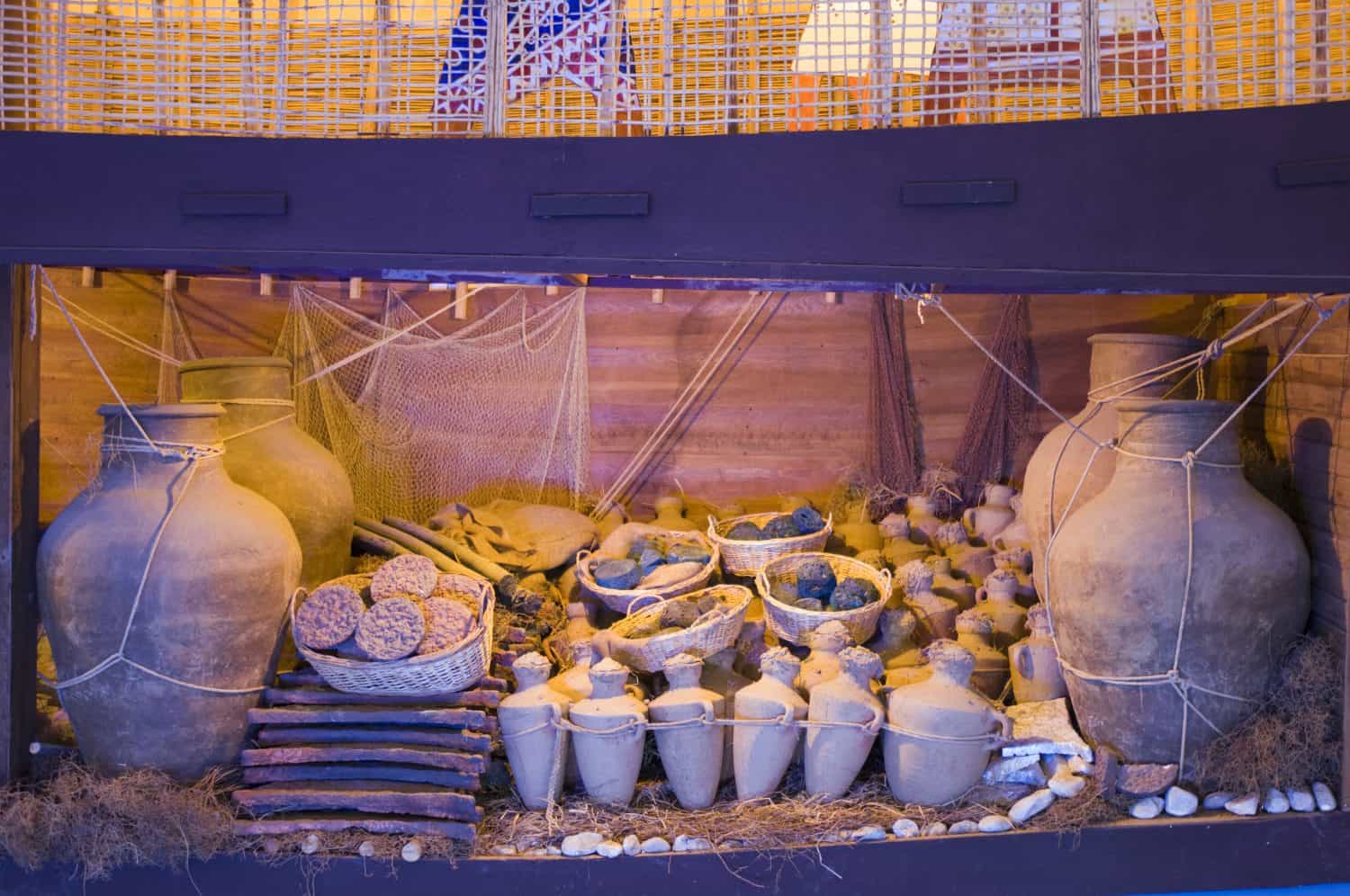
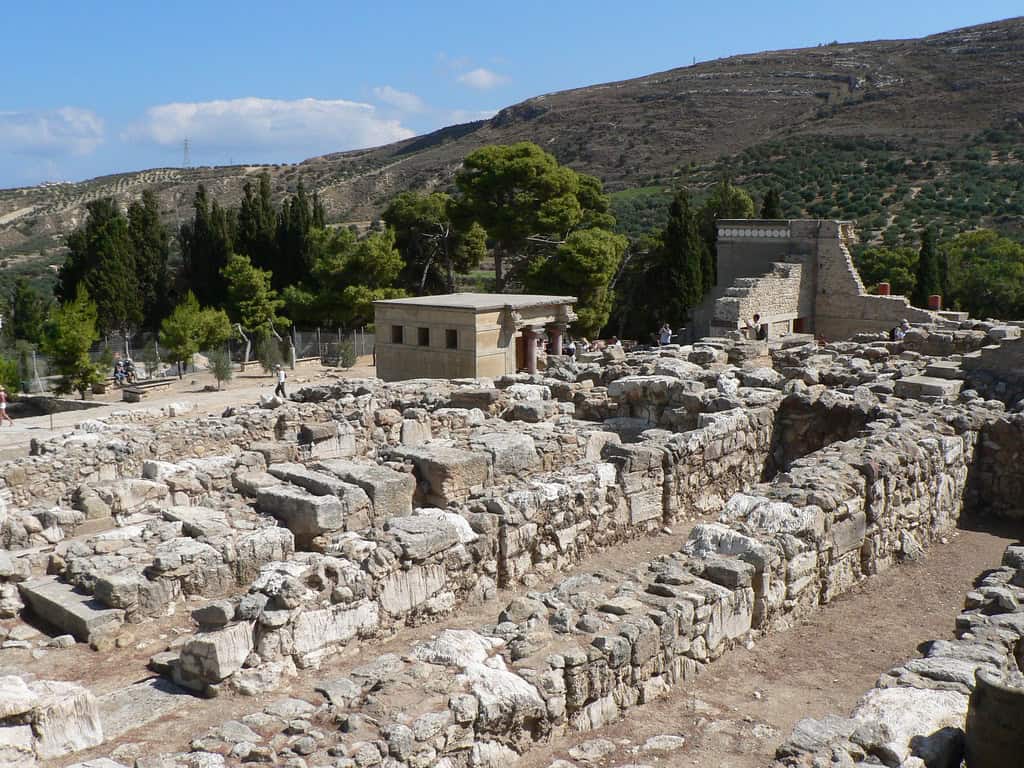
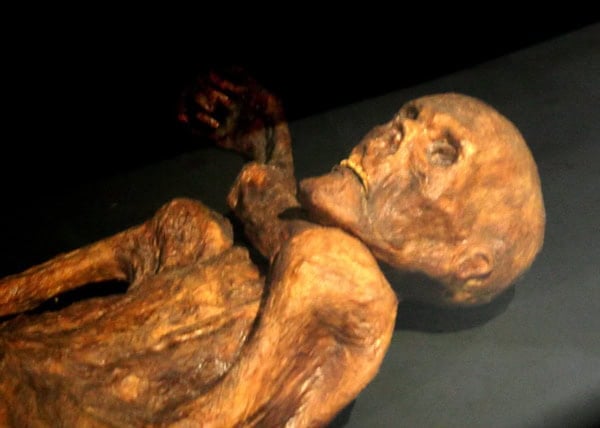
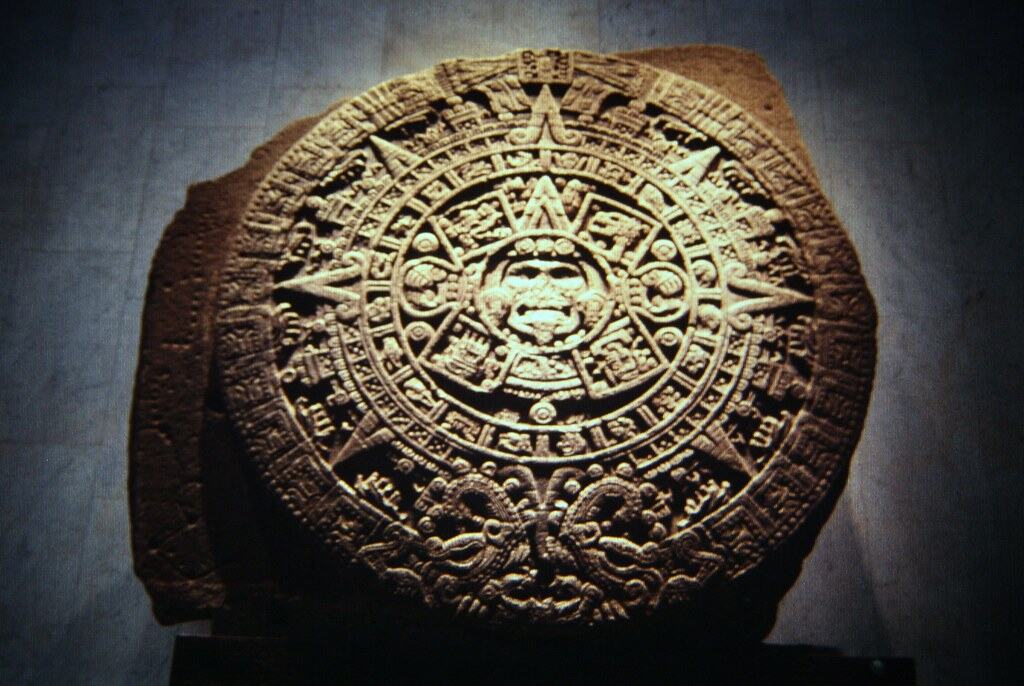
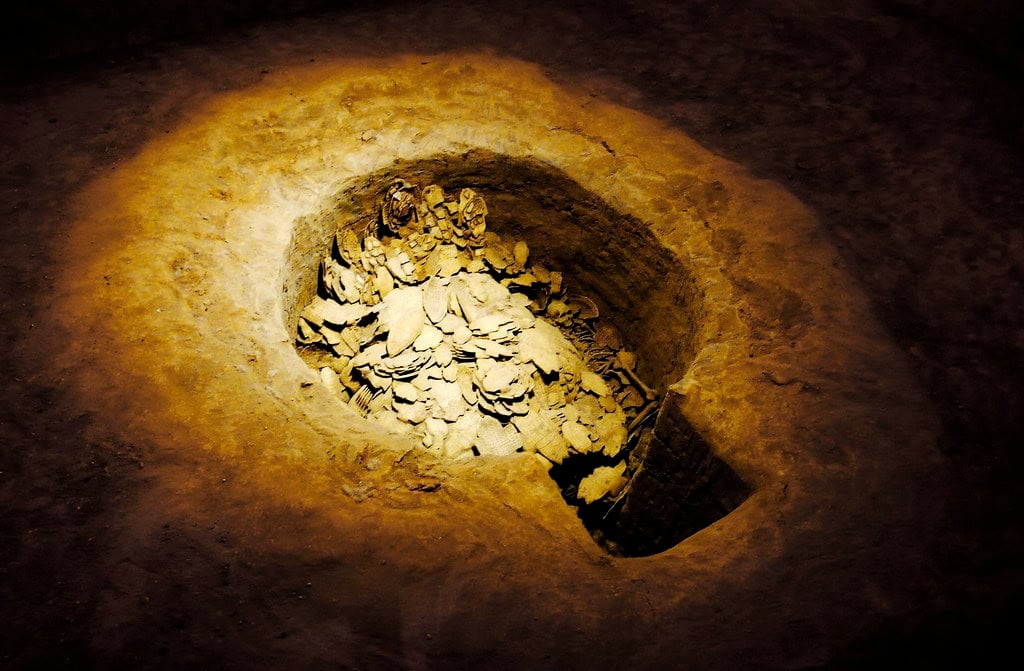
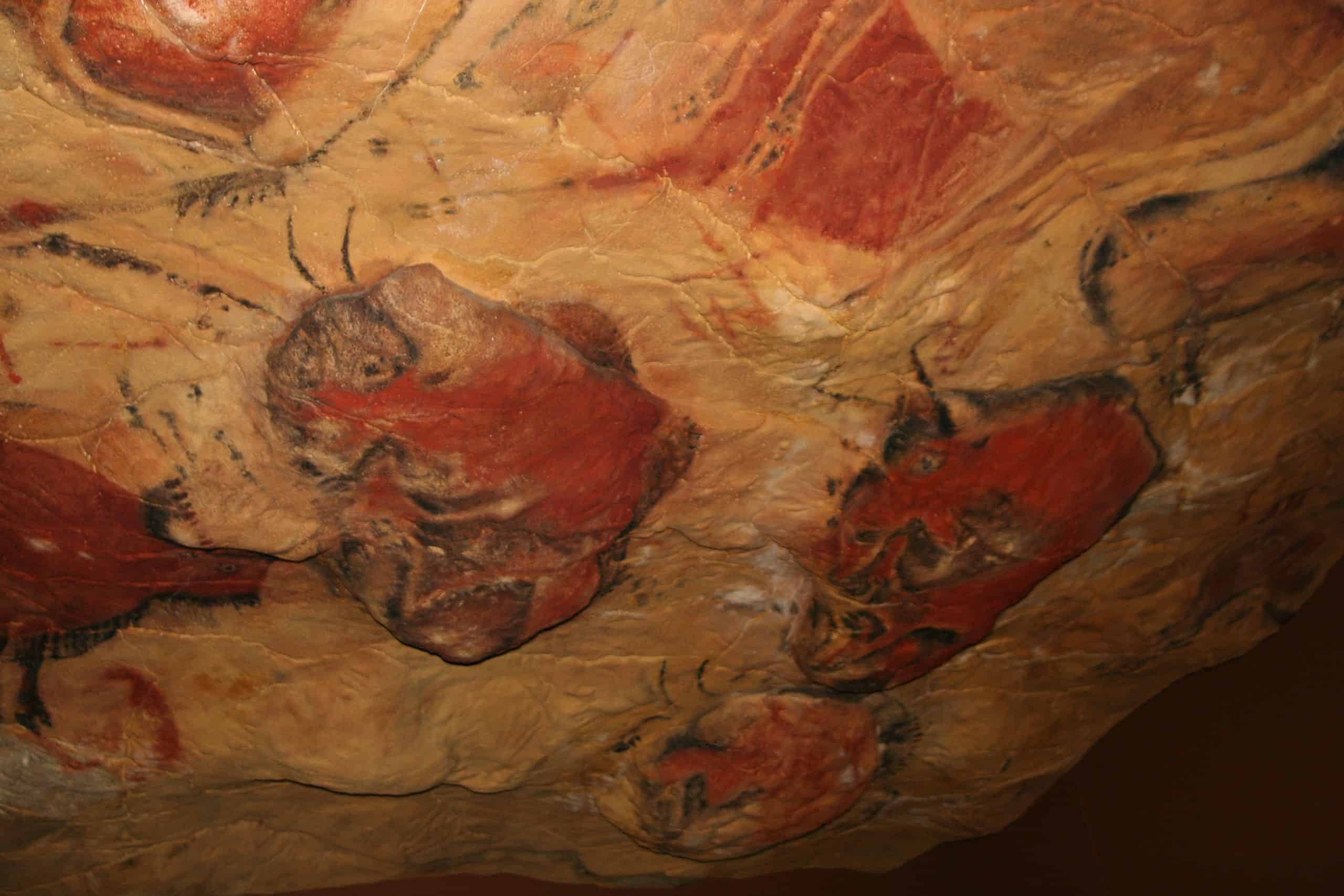
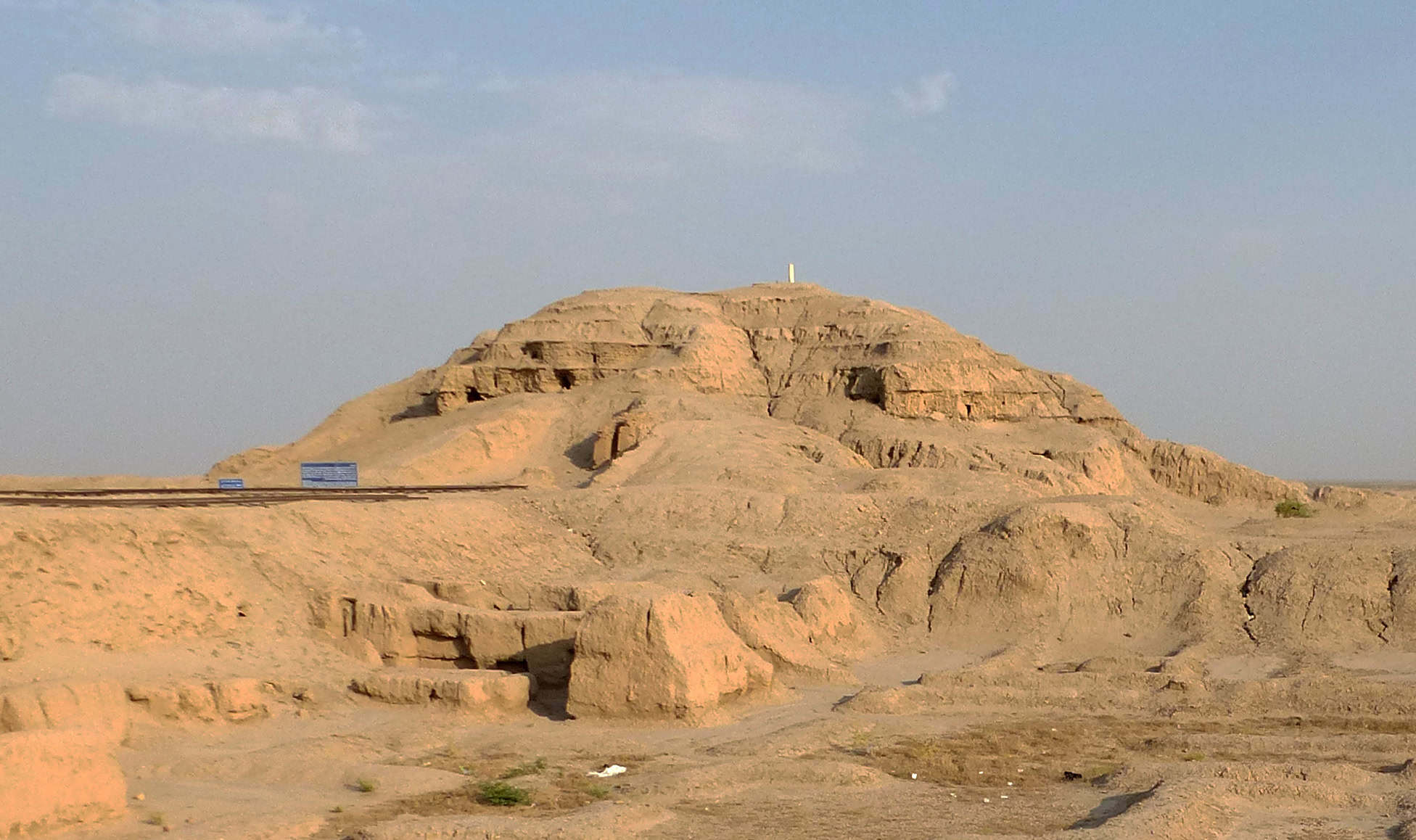
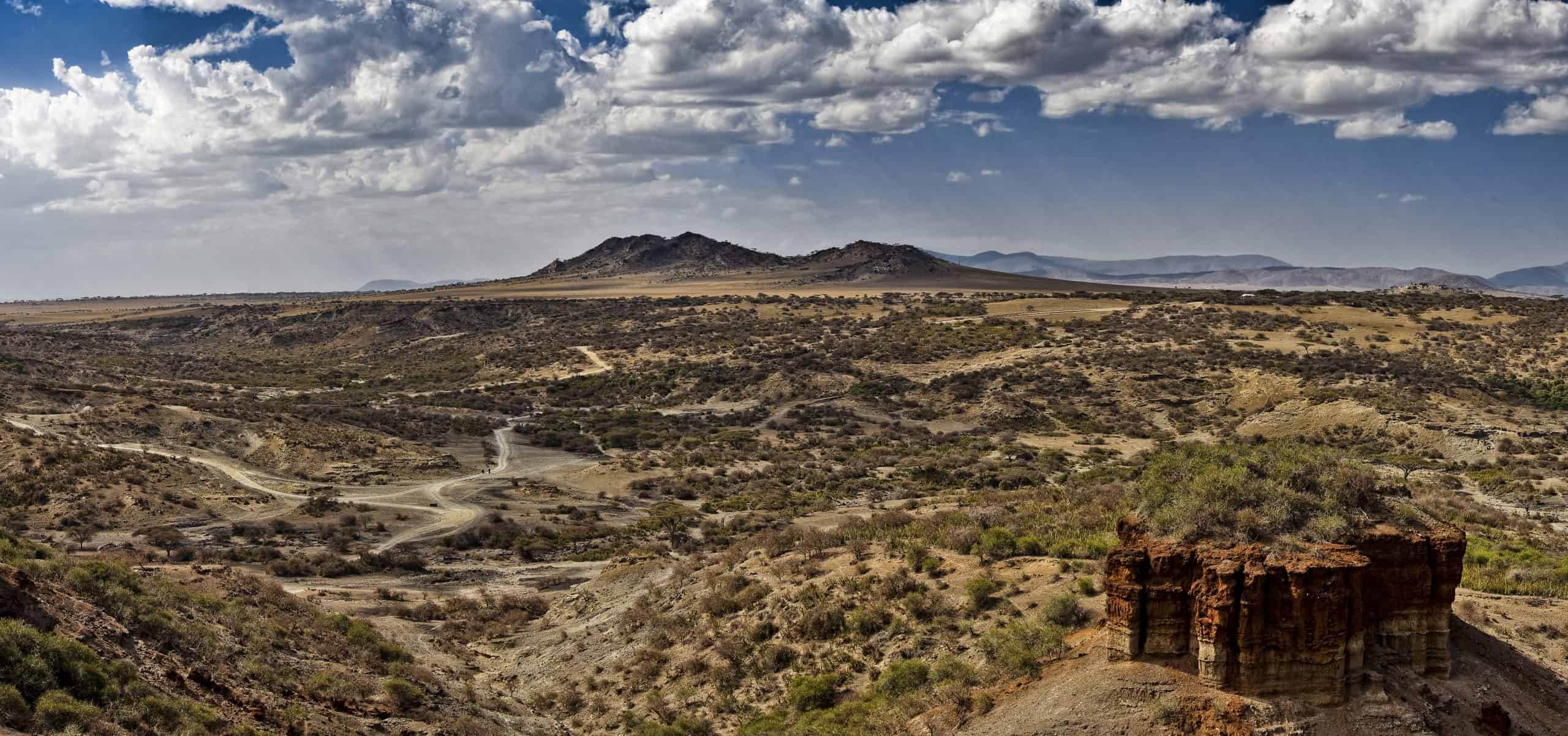

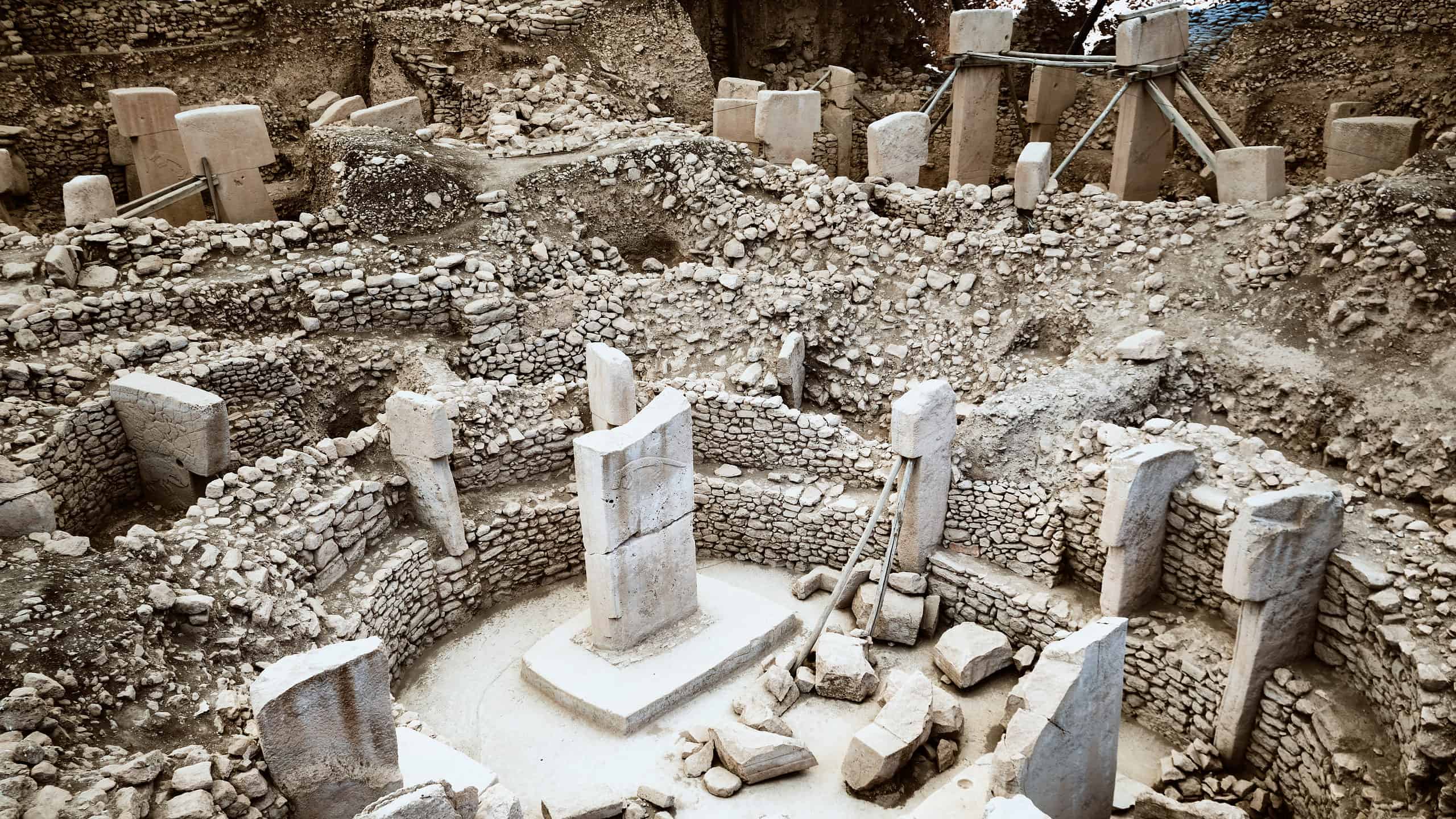
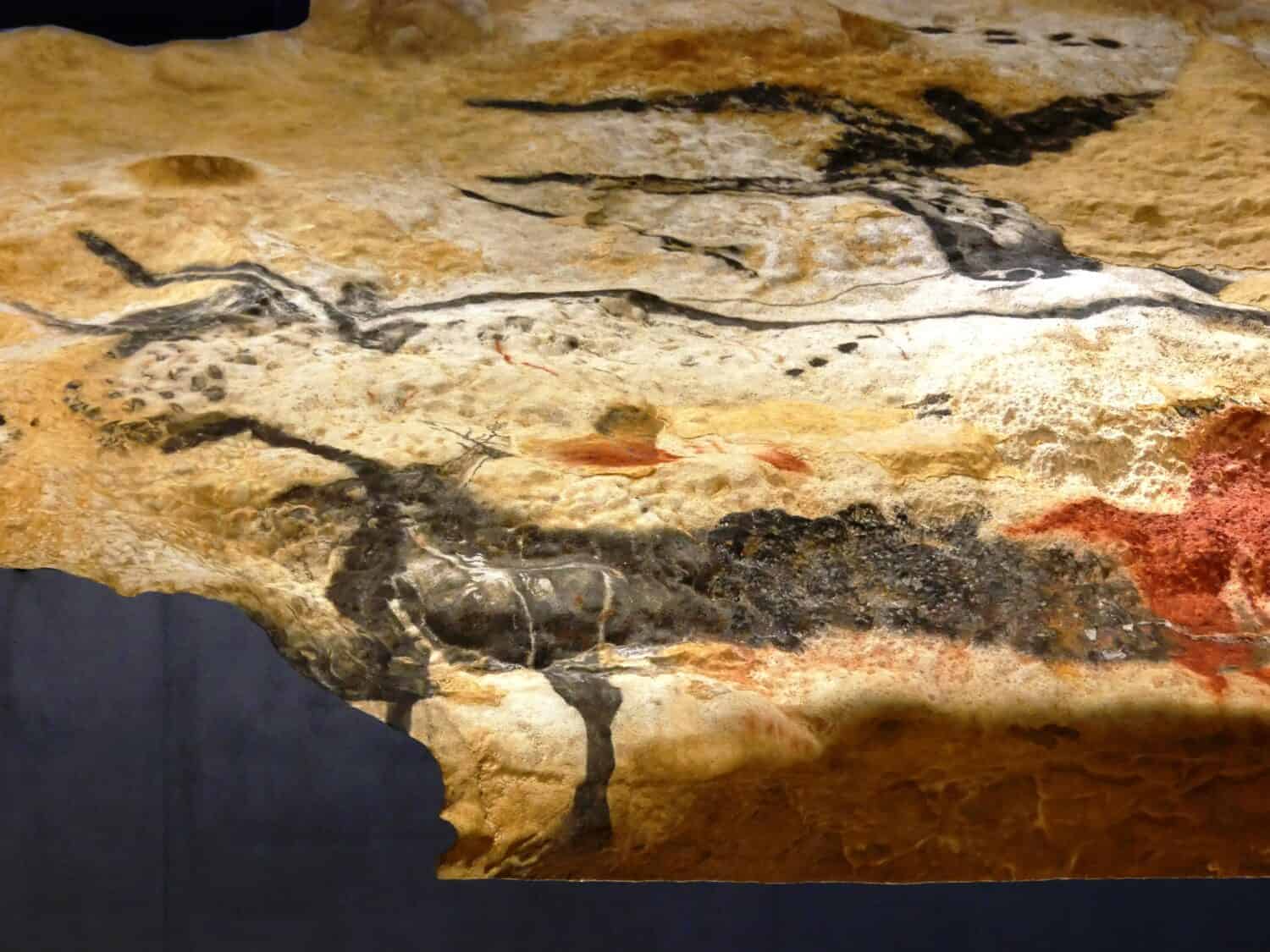
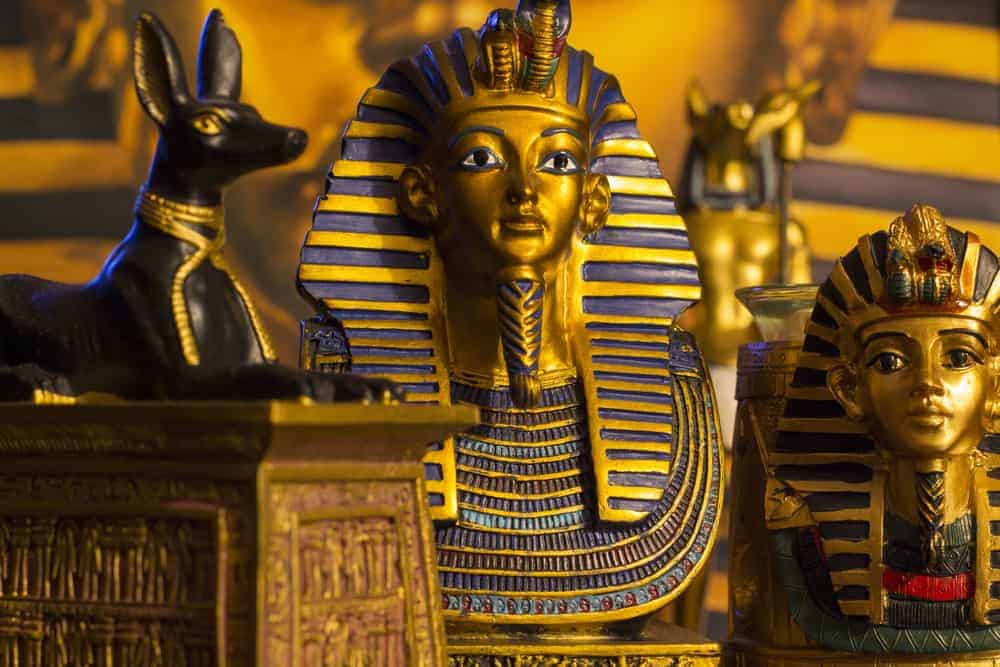
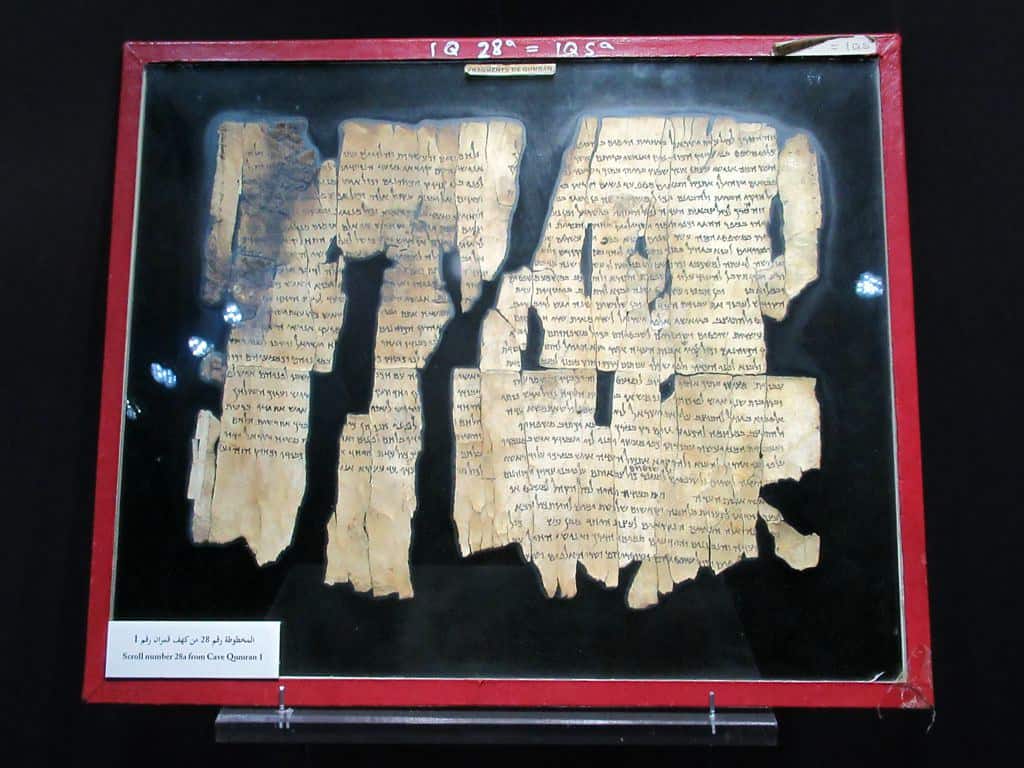
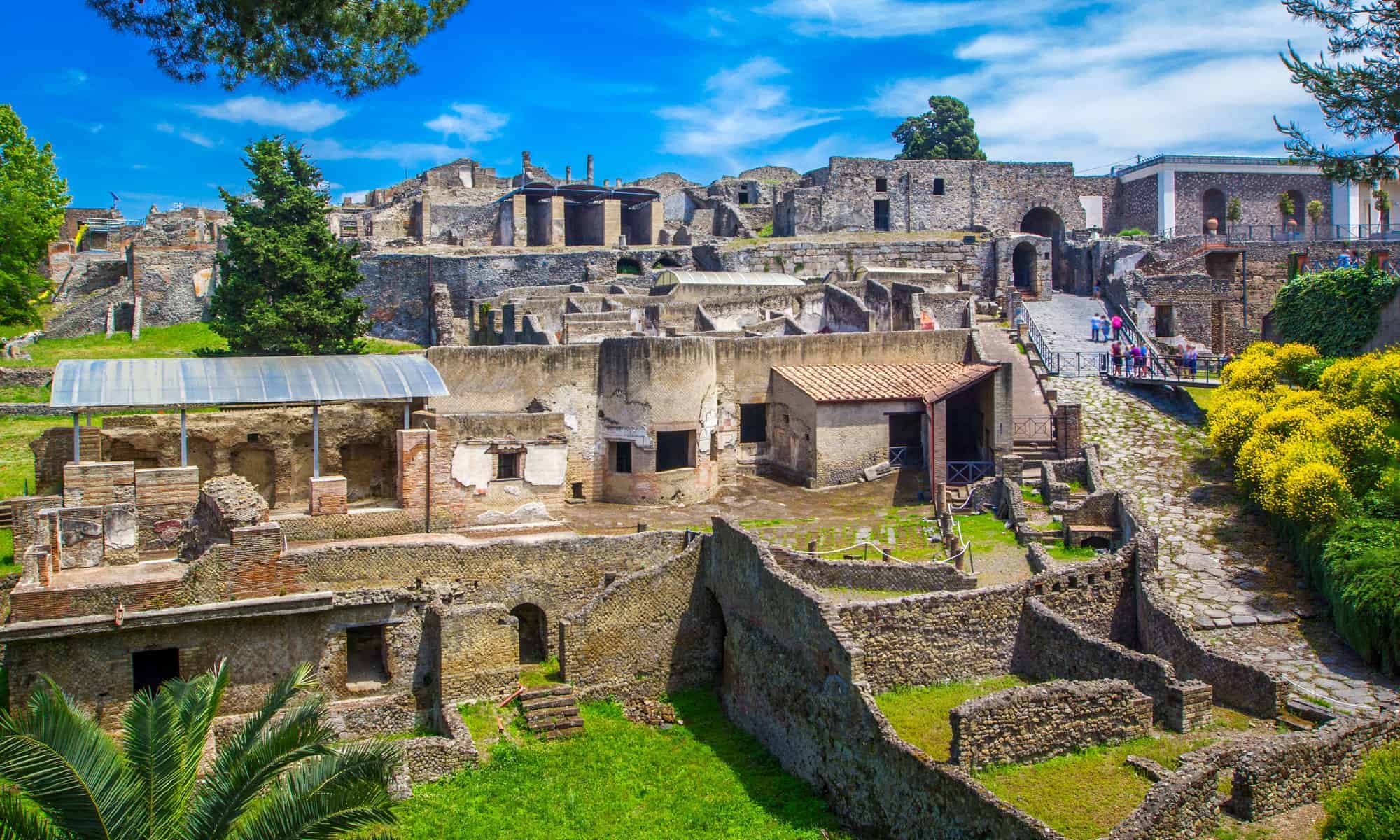

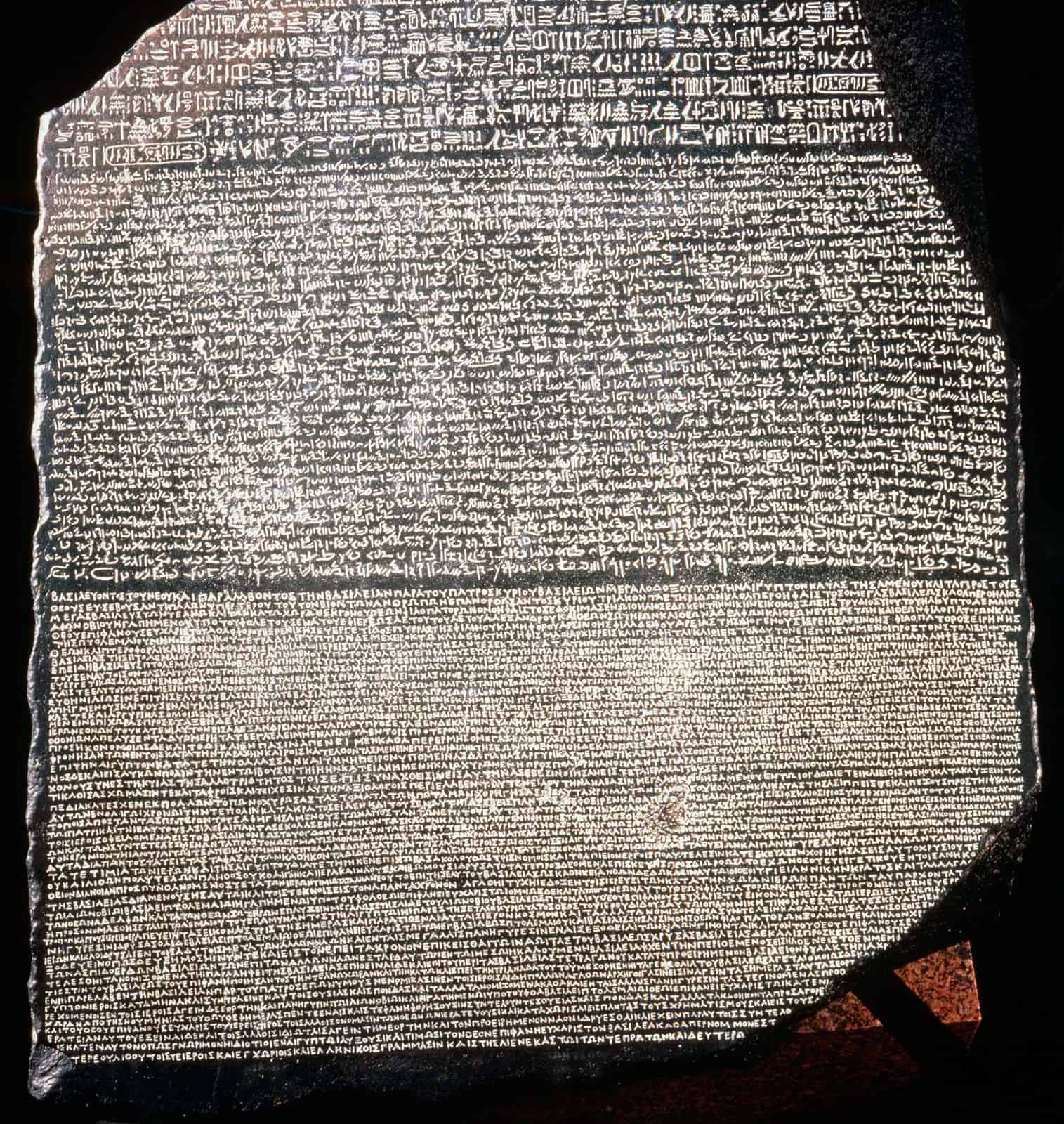
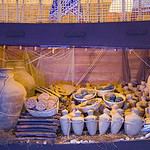


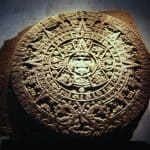

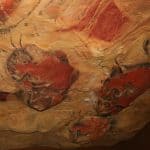
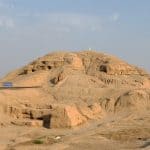



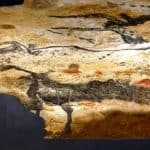



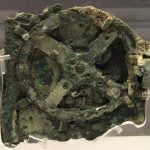

Archaeological Discoveries That Changed History
Throughout human history, our understanding of the past has been reset countless times based on what we think we know at the time. At one time, everyone was confident the world was flat, only to discover later that you could sail around the entire world. The same goes for other incredible archaeological discoveries that have changed history and our understanding of it.
15. Knossos
Best known as Europe’s oldest city, Knossos is located on Crete and dates back to the Bronze Age. Discovered in 1878, the palace contained more than 1,300 intricately decorated rooms. The most important artifacts were the Knossos tablets, some of which were written in Linear B, an early form of Greek deciphered in the 1950s, revealing details about administration and society.
Other tablets in Linear A, the unique Minoan language, remain undeciphered. Deciphered in the 1950s, it showed a complex governing system and ancient storytelling, indicating how early civilizations lived and balanced power.
14. Otzi The Iceman
Otzi the Iceman, a mummy believed to have lived between 3350 and 2105 BC, was discovered in 1991 in the Alps on the border between Austria and Italy. Europe’s oldest known mummy, Otzi, offers an unprecedented look at the Copper Age in Europe.
Buried with a copper axe and other tools, Otzi's discovery indicates an advanced knowledge of metal and trade, reshaping European beliefs on prehistoric innovation.
13. Aztec Calendar Stone
One of the most famous Mexican artifacts, the Aztec Calendar Stone, is 12 feet in diameter and weighs almost 54,210 pounds. Because of its size, it was buried before being rediscovered in present-day Mexico City in 1790.
The stone gave the world its first look at Aztec culture, agriculture, and astronomy knowledge, indicating a much richer and more advanced society that European conquerors initially dismissed.
12. Yinxu
A Chinese archaeological site in present-day Anyang, Yinxu, spanned the reigns of 12 different Shang kings and is considered the first site to have used 'oracle bone script,' the earliest known form of Chinese writing.
After being rediscovered in 1899, the site became important to the Chinese people and produced jade artifacts, ceramics, chariots, and other remarkable craftsmanship. It also contains the best-preserved tombs of the Shang dynasty.
11. Cave of Altamira
Situated in a cave complex near the historic Spanish town of Santillana del Mar, this cave is famous for its prehistoric cave art with charcoal drawings. The earliest paintings in the cave complex are believed to be as old as 36,000 years, making them the first European cave paintings of prehistoric origin. Due to their historical significance, the cave can no longer be visited, but replicas are available for tourists.
10. Uruk
An ancient city located in Iraq near the Euphrates River, Uruk is considered to be one of the largest urban areas in early history. As many as 40,000 residents lived here as far back as 3100 BC. Uruk was one of the most important cities in ancient Mesopotamia and is considered the first true “city” in human history. It was also the birthplace of writing as we know it today, among other technological and cultural innovations.
9. Olduvai Gorge
Considered one of the most important paleoanthropological sites in the world, Olduvai Gorge has shed incredible insights into early human evolution. This site is now considered the “Cradle of Mankind” because it provides some of the most prolific evidence of human ancestors as far back as 1.9 million years ago.
The use of stone tools, in particular, has been a focal point of research as it shows that there was potentially more interaction between social groups than previously thought.
8. Angkor Wat
Located in Cambodia, Angkor Wat is believed to be the ruling palace of Emperor Suryavarman II, who ruled the area from 1113 to 1150 as the head of the Khmer Empire. The 400-acre site was initially believed to be a Hindu temple, but it was later converted to a Buddhist temple.
The location's importance gave scientists an early understanding of how organized societies operated in this region, including religious traditions and engineering skills.
7. Gobekli Tepe
Over 12,000 years old, the 1994 discovery of the Gobekli Tepe remains one of archaeology's greatest mysteries and one of its most important discoveries. What’s so notable about this location is that it predates known monumental architecture, which would challenge the existing timeline scientists believed was possible before complex human gatherings occurred.
It also indicates an advanced knowledge of engineering that was previously thought impossible.
6. Lascaux Cave Paintings
The prehistoric Lascaux cave paintings, dating back over 17,000 years, were discovered in France in 1940. Since then, they have provided the world with an early look at animals and symbols from the Paleolithic period.
This discovery provided one of the world’s first opportunities to see artistic skill from some of the earliest humans and led to the belief that humans from this era were capable of more complex thinking than previously thought.
5. King Tut
The tomb of King Tutankhamun, or King Tut as he is more famously known, is the burial place of the former Egyptian Pharaoh. Born around 1341 BC and after inheriting the throne at 9 years old, King Tut would rule for the next decade before passing away.
The discovery of his tomb provided historians with an unparalleled look at Egyptian life. It contained so many artifacts that it took almost a decade to catalog them all.
4. Dead Sea Scrolls
The Dead Sea Scrolls, the world’s oldest known copy of Hebrew texts, date from the 3rd century BCE to the 1st century CE and offer a deep dive into the history of ancient Jewish writings.
Over 15,000 fragments have been discovered, providing insight into the origins of Jewish and Christian traditions, many of which still endure today. Although the scrolls never mention Jesus or the early Christian Church, they provide important context for the religious environment of the time.
3. Pompeii
The story of Pompeii is one of immense sadness, as the entire town and its population were wiped out after a volcanic eruption. However, it must have been an incredible moment for archaeologists who discovered the site in the mid-18th century.
This was the first modern opportunity to examine a city essentially frozen in time, providing an unparalleled view of Roman life, architecture, and society through its preserved structures and artifacts.
2. Antikythera Mechanism
The Antikythera Mechanism, discovered in 1902, is widely considered to be the first example of an analog computer. Scientists' current hypothesis is that this device was used to predict astronomical positions as far back as 250 BC. The discovery of this device has reset the world’s understanding of ancient Greek technological and engineering capabilities.
1. The Rosetta Stone
One of the world’s greatest discoveries, the Rosetta Stone, was first discovered by Napoleon’s soldiers in 1799. Believed to have been created in 196 BC on orders from King Ptolemy V Epiphanes, the top and middle text of the stone are in Ancient Egyptian and hieroglyphic languages.
Previously, it was impossible to decipher these languages, so the discovery of a bilingual stone made it easy to translate what hieroglyphs meant, allowing modern-day scientists to translate historical artifacts.
